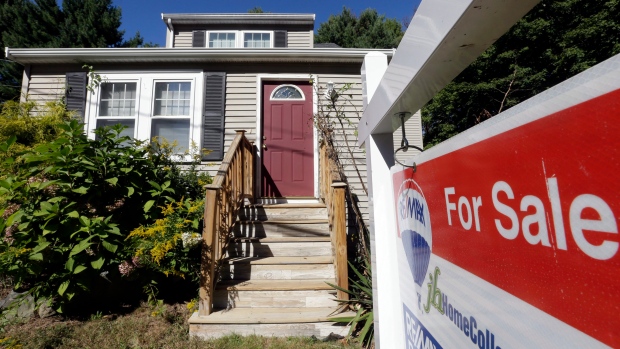Ireland Must Speed Up Planning System on Housing, Makhlouf Warns
Ireland must speed up its planning application system if it is to increase housing supply, the central bank warned as the country faces an acute residential dwellings shortage.
Latest Videos
The information you requested is not available at this time, please check back again soon.
Ireland must speed up its planning application system if it is to increase housing supply, the central bank warned as the country faces an acute residential dwellings shortage.
Sales of homes with a price tag of $10 million or more climbed 19% in Dubai during the first quarter as the world’s ultra-wealthy continue to flock to the Middle East’s business and tourism hub despite mounting geopolitical tension across the region.
Country Garden Holdings Co. is pushing back some onshore bond payments to later dates despite a round of extensions last year, according to people familiar with the matter, underscoring the financial stress at the Chinese property developer.

Blackstone Inc. would love to do more in Australia’s housing market, but factors like high taxes are holding the investment giant back.

Distressed Chinese developers trying to sell luxury apartments at a new complex in Hong Kong have begun slashing prices by almost half amid mounting debt repayment pressure and intensifying competition in the city’s property market.
Sep 23, 2016
By Greg Bonnell

Canadians with big mortgages secured with small down payments will likely have to start paying more for mortgage insurance next year, after the country’s top financial regulator moved to hike capital requirements for the industry.
The Office of the Superintendent of Financial Institutions issued new draft criteria on Friday for how much money federally-regulated mortgage insurers have to put behind their portfolios. The regulator is bringing in the new rules in an attempt to address riskier elements of Canada’s mortgage market.
Canadians who put down less than 20 per cent for their home’s purchase price need mortgage insurance. In Canada, the big players are the country’s housing agency Canada Mortgage and Housing Corporation, publicly-traded Genworth Canada MI, and Canada Guaranty.
OSFI said the draft requirements – which take effect Jan. 1 next year – incorporate new drivers of risk, including the creditworthiness of homeowner, the remaining amortization period and the outstanding loan balance.
“When house prices are high relative to borrower incomes, the new framework will require that more capital be set aside,” OSFI superintendent Jeremy Rudin said in a release Friday.
OSFI said it wants to ensure mortgage insurers are in a better position to “withstand severe, but plausible losses” stemming from their business.
WHAT IT COULD MEAN FOR HOMEBUYERS
If you're a homebuyer with a big balance outstanding on your mortgage and many years left to pay it off, you’re likely facing higher premiums for mortgage insurance.
In a statement, Genworth said it’s holding more capital than required by current rules and expects to be fully complaint with the new guidelines when they take effect.
It also warns the new rules “could lead to a corresponding increase in premium rates.”
In an email to BNN, CMHC said it supports “efforts that better position mortgage insurers to withstand severe economic challenges.”
Canada Guaranty was not immediately available for comment.